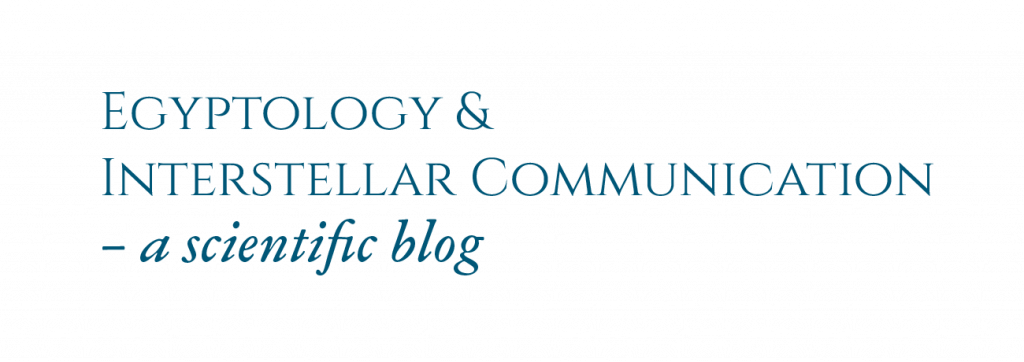Thoughts on the Drake Equation
Today I am talking about an article by by Garry Chick entitled “Biocultural Prerequisites for the Development of Interstellar Communication ” in Vakoch, Douglas A., Archaeology, Anthropology, and Interstellar Communication, NASA History Series NASA SP-2013-4413, pp. 79-94. (Download the book here: https://www.nasa.gov/sites/default/files/files/Archaeology_Anthropology_and_Interstellar_Communication_TAGGED.pdf).
The Drake Equation and the Concept of Intelligence
The author deals with the so-called Drake Equation and takes a closer look at two factors of this equation. The Drake Equation is known for the fact that it determines (more or less) fictitious, but nevertheless possible or probable factors, with which the probability of intelligent life in the universe outside of the earth can be calculated. This equation is: N = R* – fp – ne – fl – fi – fc – L.
The individual members of the equation mean the following:
- N = the number of civilizations in our galaxy capable of interstellar communication.
- R* = the rate of star formation per year in the galaxy
- fp = the fraction of stars with planets
- ne = the average number of habitable planets per star with planets
- fl = the fraction of habitable planets that develop life
- fi = the fraction of planets with life on which intelligent life develops
- fc = the fraction of intelligent civilizations that are able (and willing) to communicate
- L = the expected lifetime of such civilizations
Garry Chick picks out fi and fc and critically examines the state of scientific knowledge on them. In particular, he points out that the individual factors of the Drake Equation are often no more than pure speculation, and their results – in each case according to the estimate applied – differ considerably.
With respect to the factors fi and fc, he too first tries to define intelligence. What is actually “intelligent life”, which we assume outside of our planet? What do we use to define intelligence? Looking at the animal world and the ability of individual animal species to use tools, one may already guess how difficult it is to grasp the concept of intelligence in concrete terms. Here on earth, there are various intelligence tests with whose help one can determine the IQ of a human being halfway reliably. But these have the great disadvantage that they can only measure a certain form of intelligence, namely in those tasks in which there is only one correct answer. But Chick points out that Gardiner and Sternberg have already illuminated various aspects of intelligence. These include, for example, analytical, creative, or practical skills that enable a species to “manipulate its environment.”
The Lifespan of a Civilization
I haven’t finished reading the article yet, because it inspired me in a unique way to think about a very different part of the Drake Equation. I have been thinking hard about the “L” factor and will be doing further research based on Chick’s article because in the example calculations presented, both Drake and Carl Sagan assume a life span of a civilization of 10,000 years. As an archaeologist and historian, this figure makes me extremely puzzled.
On the general usefulness of the Drake Equation, I may not express at present yet.I think that it supplies at least a valuable beginning to pour the “inner feeling” that there MUST be still someone out there besides us into a scientific, calculable formula. It is the individual factors that need to be defined, differentiated, and continuously evaluated.
Therefore the question arises to me: Is 10,000 years life span of a civilization actually much or little? Doesn’t it also depend on our perception of time? And which things have an influence on whether we perceive something like “long” or “short”?
Sense of Time
Here, too, the analogy with a child inevitably comes to mind. As a little girl, I spent what felt like an eternity waiting for Christmas to finally come, for me to finally go to school, for me to finally graduate, etc. Years passed slowly for me. The older I got, and the more I was able to absorb information from the outside and recognize more complex connections, the faster time passed. Now that I am a mother myself and I fall into bed tired in the evening after a stressful day full of exciting, exhausting, and beautiful moments, the years just seem to pass me by. The older I get, the more I live in the present and not so much in “waiting mode” for what might come. Everyone knows this – when you’re busy doing something that excites you, you lose track of time. But when I’m waiting for the bus, which is running late and I might miss my subsequent train, minutes feel like hours.
What I’m saying is, as an archaeologist, I’ve held in my hands the legacies of a civilization that no longer exists. What is fascinating was at the same time something that reassured me: Then, as now, we humans are still the same. We speak differently, we dress differently, some values have shifted. But basically, everything has remained the same. People fall in love, break up, want their partner back, they lie and cheat, they help each other, and they make dirty jokes – it was the same in ancient times as it is today. People quarrel and fight, people celebrate festivals with each other and work together on something big, which can sometimes take on gigantic proportions, as can be seen in the pyramids of Giza.
But we are now in a position to look at this culture from a temporal distance and can see that it has existed for more than 5000 years. A few years ago, this was a gigantic number for me. Today I “jump” back and forth between the high and intermediate times of Ancient Egypt, compare, draw conclusions, and am no longer so surprised. We call the Ancient Egyptians “civilization,” but where does it begin, and where does it end? Did the “Ancient Egyptians” even cease to exist? I doubt it. If you fly to Egypt today, you will meet people who speak Arabic but who still look exactly as they do in the fascinating murals in the temples and tombs. Surely ethnologists can qualify that even better than I can. But Ancient Egypt lives on in the people. And not only in Egypt itself but in the whole world.
So do we look at the term “civilization” in isolation to an ethnic group, a people, or a limited area? Or do we see ourselves as humanity as a “civilization”? If so, perhaps we should consider whether the figure of 10,000 years for the life span of a civilization, as set forth in the Drake Equation, can be even remotely correct. Human evolution has been going on for many thousands of years. But when did humanity become a “civilization”? When we built a settlement at Göbelki Tepe (modern-day Turkey) 11,000 years ago and carved anthropomorphic deities in stone there? Or when we settled down and moved from hunter-gatherer times to a more effective way of life of planned agriculture and animal husbandry? Yes, these were key points in which humanity made its evolutionary strides by leaps and bounds, but wasn’t a hunter who honed his ability to create and use weapons over centuries part of a civilization? And what if we find an inconspicuous “tell” (the archaeological term for a mountain made up of innumerable layers containing the remains of a settlement), remove or drill into it, and from the drill core, we discern something that changes our geological dating? With advancing technology in archaeology and the immense possibilities to read more and more precisely on a microscopic, chemical or physical level how old a find is, every archaeologist MUST see: We already know a lot, but not yet everything!
Wikipedia mixes the term “civilization” with the term “culture” and points out that it would have a judgmental component: positively in the sense of morality and refinement of life in contrast to “barbarism,” and negatively in the sense of separation between cultures into “high culture” and lower culture. This is certainly worth considering in terms of mindful use of terms.


